MOVIE NEWS – According to a famous anecdote, Sean Connery swore he would never play James Bond again. But then he returned to the role twice. I wonder why?
The role of James Bond is one of the most iconic in cinema. Many actors took on the role. Choosing a new Bond is always an exciting part of the development process. Everyone has their favourite Bond, but it’s hard to argue that Sean Connery remains the benchmark to this day. Connery set the pattern that all subsequent Bonds followed; which they either tried to copy or moved away from.
In the scene in 1962’s Dr. No, in a white tuxedo with a cigarette in his mouth, when Connery said, “My name is Bond, James Bond,” an icon was born.
Connery played Bond in the first five James Bond films. However, when it came time for the sixth film, he left the franchise due to disagreements with the producers. He then returned for the seventh film before Roger Moore was brought into the series. But a decade and a half later, Connery played Bond one more time in an unofficial EON production – much to the annoyance of the producers of the original James Bond! Here’s why Connery left the role of James Bond and the two times he was brought back.
On Her Majesty’s Secret Service (Again)
The Scottish actor himself stated that he was tired of the role by the end of the first four films. After all, he shot a new 007 movie every year! By the fifth film, he was no longer on good terms with the franchise’s producer, Albert Broccoli. In the end, he left the role by mutual consent. Newcomer George Lazenby won the role in 1969’s On Her Majesty’s Secret Service.
Although its reception is more positive today – it is even one of director Christopher Nolan’s favourites – at the time, it was considered a partial disappointment, and it was difficult for many to accept that anyone other than Connery would play the role of James Bond.
Lazenby was offered a seven-film deal. However, on the advice of his agent, Ronan O’Rahilly, she declined to continue his role in the next film, Diamonds Are Forever. O’Rahilly reasoned that the James Bond character would be archaic and out of place for the upcoming 1970s. This also gave the producers an opportunity for the film to reset the franchise. The goal was to repeat Goldfinger’s success. They did this by bringing back not only Goldfinger director Guy Hamilton, but also Shirley Bassey to record the title track. However, the biggest task seemed to be getting Sean Connery back, which would not have been cheap fun.
Connery’s return to the role of Bond was a priority, and United Artists president David Picker made it clear that money was not an issue.
Not only did they agree to let Connery demand a $1.25 million fee, but they also offered him two back-to-back films of his choosing, provided they cost no more than $2 million. Connery would also have used the record payment to set up the Scottish International Education Trust, where Scottish artists could apply for funding without leaving their country to pursue their careers.
Diamonds Are Forever was a success, and they began developing another film, which became 1973’s Live and Let Die. Even though the producers wanted Connery back, he refused. The role of James Bond was finally given to Roger Moore. In fact, he was already approached in connection with His Majesty’s Secret Service.
Roger Moore then played Bond for twelve years, from 1973’s To Live and Let Die to 1985’s A View To a Kill, setting the Bond franchise in a new, slightly lighter direction.
Connery declared in 1971 that he would never play James Bond again.
1983: Never Say Never Again, or Sean Connery and the Battle of the Bonds
This part of the story goes back to the 1960s. Bond author Ian Flemming worked with producer Kevin McClory and screenwriter Jack Whittingham on a possible Bond film, but it was scrapped due to cost overruns. Flemming took the story and wrote a book about it in 1961 called Thunderball. But he did not attach importance to McClory and Whittingham. McClory took Fleming to court for copyright infringement, and they settled in 1963.
After Eon Productions began producing Bond films, it made a deal with McClory, who had produced Thunderball, and did not produce further versions of the novel for ten years following the release of the EON-produced film in 1965.
In 1975, McClory began developing a new adaptation of Thunderball (without Eon). Around this time, McClory began flexing his control over some aspects of the James Bond franchise that were established in Thunderball. In particular, the exclusive rights of the SPECTER organization and the main villain, Ernesto Blofeld. This meant that both had to be written out in 1977’s The Spy Who Loved Me.
This removed the franchise’s most iconic villain and organization from the game for over 38 years, only to return in 2015’s Spectre.
This is where Sean Connery comes into the picture. Connery and McClory became friends during the making of Thunderball. Despite declaring that he would never play James Bond again, he became interested in a competing Bond film. If only to get revenge on Bond producer Albert “Cubby” Broccoli.
Connery felt that he had been cheated out of millions when he refused to treat him as an equal partner in the distribution of the films.
Connery initially helped develop the film, but was thought to be too old for the project before being persuaded to return to the role. In addition, Connery’s career has just soared lower, thanks to some serious financial flops at the box office. For Never Say Never Again, Connery was paid $3 million with approval of the cast and screenplay, plus a share of the profits. Even the film’s title refers to Connery, who, of course, said he would never return as Bond. This was suggested by Micheline Connery, Sean Connery’s wife.
The plan was to release the film in 1979, going head-to-head with EON’s Moonraker, but legal issues delayed the release.
The film was finally released in 1983, the same year as Octopussy. This became the “big battle of the James Bonds” at the box office. Octopussy came out in June 1983 and grossed over $182 million worldwide. Never Say Never Again hit theatres in October and had a bigger opening weekend, but ultimately fell short with $160 million. In 1983, Connery was 52 years old. Indeed, that was the last time he played Bond. At least “officially”. In one way or another, the character served as an inspiration for his three later roles…
Source: DenofGeek

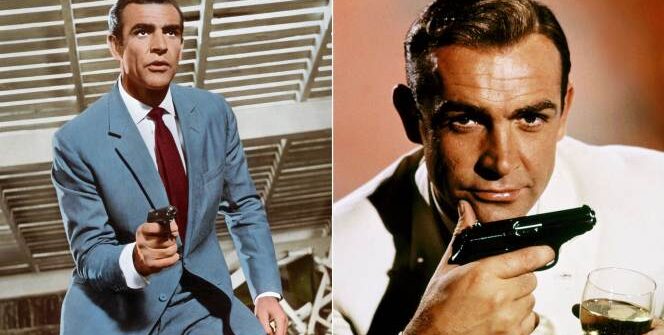





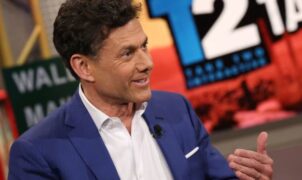
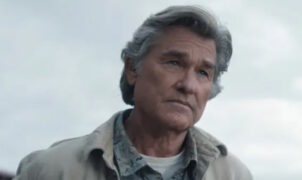


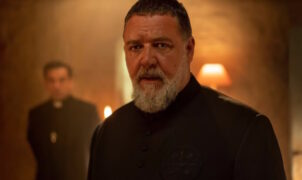

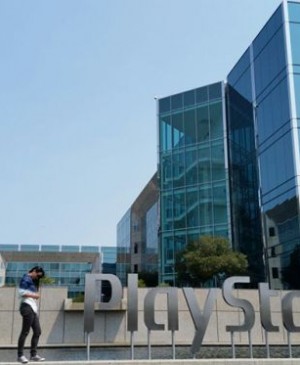


Leave a Reply